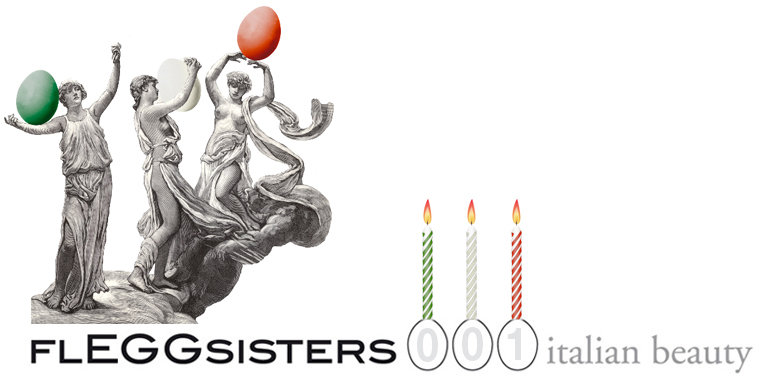
Gaudenzio Ferrari
(Valduggia, 1475 c. - Milano, 1546)
detail with invented instruments of the “Concert of angels” / particolare con strumenti di invenzione del “Concerto degli angeli”, 1534 - 1536
Saronno, Sanctuary/ Saronno, santuario
The painting is realized on the cupola of the sanctuary and it is the most crowded concert we have never seen. The musicians are sorted in small groups as if they follow the composition requirements of the musical writing. In this way they become expression of a message both acoustic and visual. We are struck by the wealth and variety of the instrumental iconography: ghirondas, flutes and drums that sign the passage from the cultured concert music to the popular and folklorist one; pipes, Alp horn and above all nyastaranga (an ancient Indian instrument) that indicate the presence of exotic and profane instruments. There are out of whole cloth instruments too.
A perfect introduction to Capossela music.
Il dipinto è realizzato nella cupola del santuario ed è il concerto di angeli più affollato che si conosca. I musicisti sono disposti a piccoli gruppi quasi a voler seguire le esigenze compositive della scrittura musicale, diventando espressione di un messaggio acustico oltre che visivo.
Colpisce la ricchezza e la varietà dell’iconografia strumentale: ghironde, ibridi di flauto e tamburi che segnano il passaggio dalla musica colta concertistica a quella folcloristico popolare; cornamuse, corno delle Alpi e soprattutto nyastaranga (antico strumento indiano) che indicano la presenza di una strumentazione esotica e profana e non mancano strumenti di pura immaginazione.
Una perfetta introduzione alla musica di Capossela











